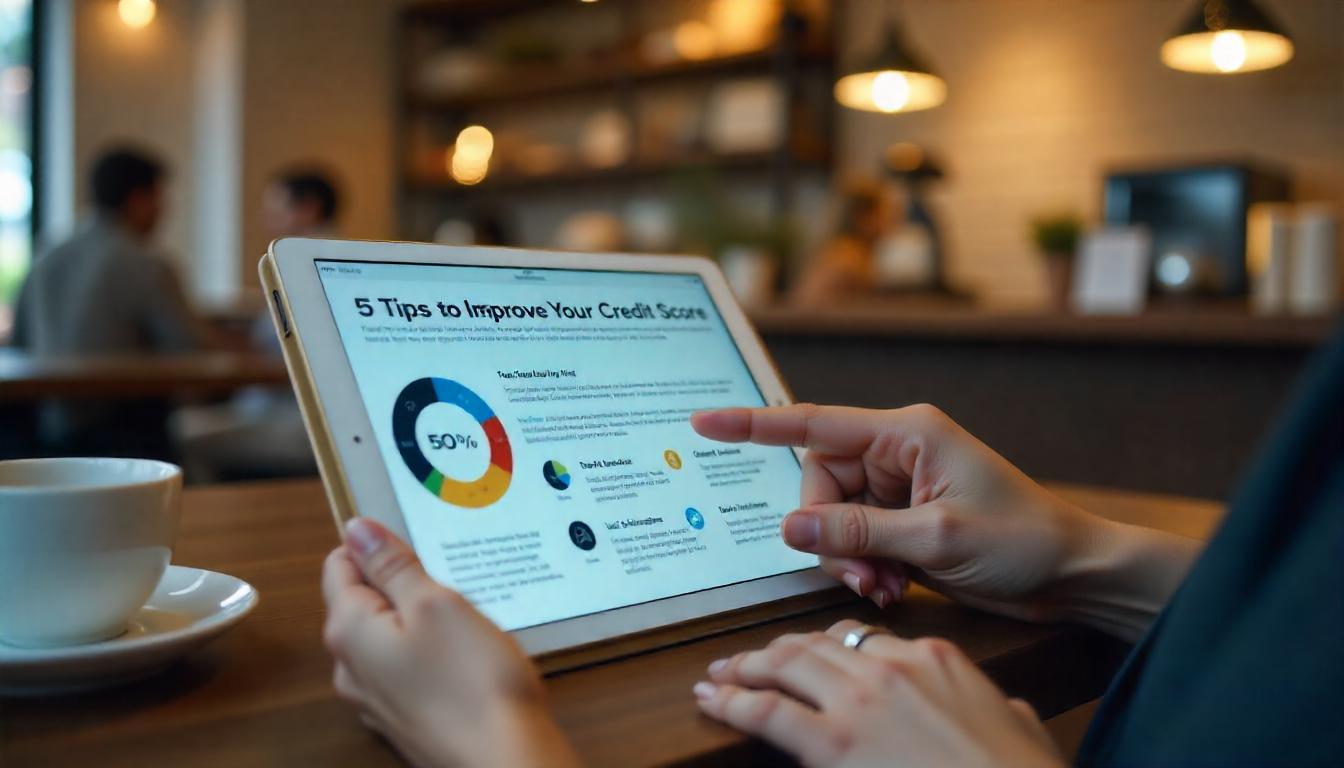How Much Do You Need for a Down Payment? Discover Affordable Options for Your New Home
Learn about different down payment options and how much you should save for your first home.
What Is a Down Payment?
A down payment is the amount of money you need to pay upfront when buying a home. This payment is part of the total property price and is usually paid at the time of closing. The down payment can vary depending on the type of loan you use, your finances, and the property you purchase. Instead of financing the entire cost of the property, the down payment allows you to cover part of the home's price.
How Much Do You Need for a Down Payment?
The amount you need for a down payment depends on several factors, such as the type of loan you choose, the value of the property, and your personal finances. However, the general rule for most conventional loans is that you should pay between 10% and 20% of the home's price as a down payment.
For example:
- For a $300,000 home, a 10% down payment would be $30,000.
- For a $300,000 home with a 20% down payment, you would need $60,000.
While this may seem like a large amount of money, there are several options available that allow you to make a down payment with less money, making it easier to buy your first home.
Affordable Down Payment Options for First-Time Homebuyers
1. FHA Loans
One of the most popular options for first-time homebuyers is FHA loans. These loans are backed by the Federal Housing Administration (FHA), allowing buyers to make a lower down payment. Instead of the standard 10% or 20%, FHA loans only require a 3.5% down payment.
Practical example: If you buy a $250,000 home with an FHA loan, you would only need $8,750 as a down payment (instead of $25,000 or more with a conventional loan).
2. VA Loans
If you are a veteran, active duty service member, or a member of the Reserves or National Guard, you may qualify for a VA loan. One of the biggest benefits of VA loans is that they require no down payment at all.
Requirements:
- You must meet the service requirements to qualify for a VA loan, which typically include certain service periods and honorable conditions.
3. USDA Loans
U.S. Department of Agriculture (USDA) loans are designed to help people buy homes in rural or suburban areas. Best of all, USDA loans offer 100% financing, which means you don’t need a down payment.
Requirements:
- The property must be located in an area designated by the USDA.
- You must meet the income limits set for your area.
4. Down Payment Assistance Programs
Many states and counties in the U.S. offer down payment assistance programs designed to help first-time homebuyers cover part of their down payment. These programs may offer grants or low-interest loans specifically aimed at reducing the amount you need to pay upfront.
5. Conventional Loans with Low Down Payment
Some financial institutions offer conventional loans that allow lower down payments than traditional ones. Some options allow for a down payment as low as 3% of the home's price.
Practical example: For a $200,000 home, a 3% down payment would be $6,000.
Tips for Saving for a Down Payment
- Set a clear and specific savings goal.
- Open a home savings account and automate your contributions.
- Cut unnecessary expenses and prioritize saving for your down payment.
- Take advantage of work rewards or bonuses.
The down payment is one of the biggest obstacles for first-time homebuyers, but with the options available today, it doesn't have to be an insurmountable barrier.
Contact Us for More Information







